 Weird Stuff
Weird Stuff  Weird Stuff
Weird Stuff  Movies and TV
Movies and TV 10 Actors Who Almost Didn’t Take Career-Defining Roles
 Technology
Technology 10 Little-Known Shifts in Computer Science
 Religion
Religion 10 Catholic Histories That Reveal Acceptance of Abortion and Contraception
 Politics
Politics 10 Lesser-Known “First and Only” Facts about U.S. Presidents
 Miscellaneous
Miscellaneous 10 Things You May Not Know about the Fourth of July
 History
History 10 Shocking and Gruesome Founding Father Facts They Don’t Teach in School
 Crime
Crime The Ten Most Vicious Los Angeles Killers
 Miscellaneous
Miscellaneous 10 Indispensable Corporations the World Cannot Afford to Lose
 Animals
Animals 10 Unusual Wolves That Made The News
 Weird Stuff
Weird Stuff Ten Unexpected Discoveries Involving Vomit
 Movies and TV
Movies and TV 10 Actors Who Almost Didn’t Take Career-Defining Roles
 Technology
Technology 10 Little-Known Shifts in Computer Science
Who's Behind Listverse?

Jamie Frater
Head Editor
Jamie founded Listverse due to an insatiable desire to share fascinating, obscure, and bizarre facts. He has been a guest speaker on numerous national radio and television stations and is a five time published author.
More About Us Religion
Religion 10 Catholic Histories That Reveal Acceptance of Abortion and Contraception
 Politics
Politics 10 Lesser-Known “First and Only” Facts about U.S. Presidents
 Miscellaneous
Miscellaneous 10 Things You May Not Know about the Fourth of July
 History
History 10 Shocking and Gruesome Founding Father Facts They Don’t Teach in School
 Crime
Crime The Ten Most Vicious Los Angeles Killers
 Miscellaneous
Miscellaneous 10 Indispensable Corporations the World Cannot Afford to Lose
 Animals
Animals 10 Unusual Wolves That Made The News
Top 10 Bizarre Cakes You Won’t See On The Great British Bake Off
The Great British Bake Off has become a major part of British culture and has become part of Britain’s global identity. With its pastel colours, gentle ribaldry, and delicious things to eat the Bake Off is the perfect calming show for our troubled lives. For an hour per week we can pretend we are in a tent with nothing more to worry about than a soggy bottom.
Despite often digging up obscure recipes for the bakers to try out there are some traditional bakes that we are unlikely to see tried out. Here are ten cakes too weird for TV.
10 Witch Cakes
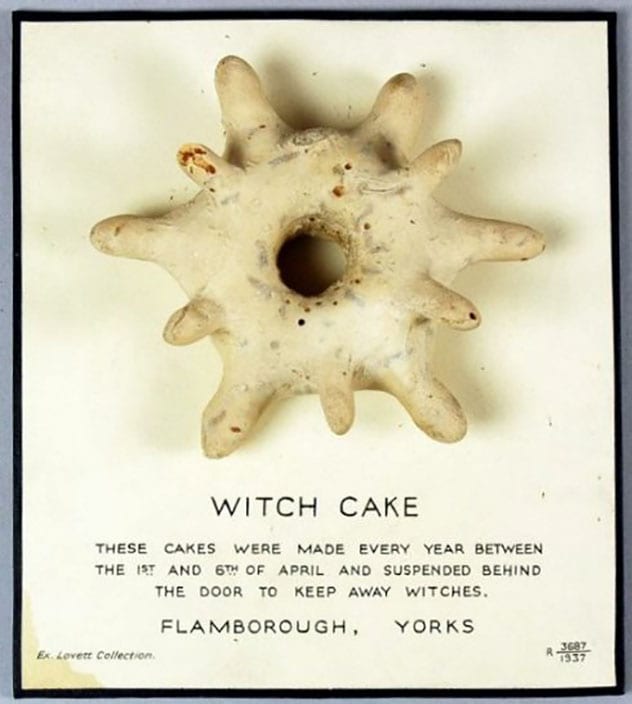
For centuries witches were among the most feared creatures a person could meet. Everything from a missing cow, to failed crop, to bread failing to rise could be laid blamed on a witch and her nefarious powers. To stop a witch’s curses crossing the threshold of the home amulets of various sorts could be hung behind the door. Sometimes these were natural objects like a hagstone (a stone with a hole in it) but sometimes they had to be made by the householder.
One of the ways to keep a witch and her evil out was to bake a special Witch Cake. Each year in Yorkshire between the 1st and 6th of April a small spiky cake with a hole in it was baked.[1] Whether it was the hole, as in a hagstone, or the spikes that kept the witch out is not recorded. An example of a Witch Cake can be seen in the Pitt Rivers museum in Oxford. The researcher who collected it said:
“Witch cakes are to be met with in almost every cottage. These are circular-shaped, with a hole in the middle and with spikes projecting on all sides. If you hang one up in your cottage and once a year burn it and replace it with another you will have good luck.” And no witches.
9 Urine Witch Cakes
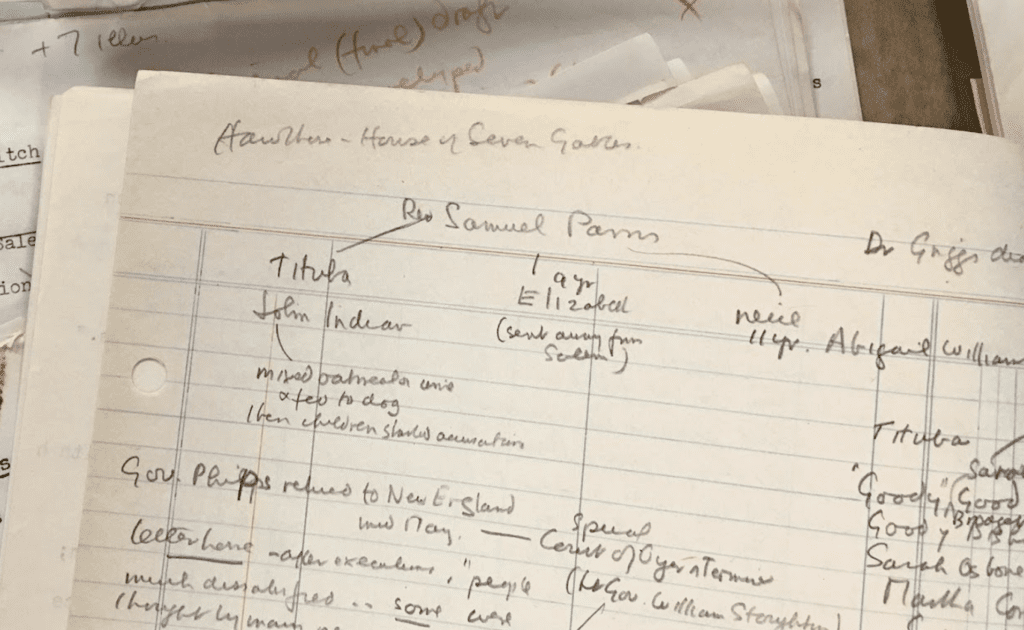
Sometimes it is too late for a witch cake to ward off enchantment. If your find yourself bewitched though there is another cake you can make to help – but these Witch Cakes contain urine. In a case from Yorkshire, which seemed to have an inordinate number of witches, in 1683 a doctor with a cursed patient prescribed a cake made from the patient’s hair and urine, mixed with wheat and horse-shoe stumps. Luckily the patient did not have to eat it. The cake was thrown into a fire.
While urine-containing witch cakes were well known in Britain the most famous use of them came in the Salem Witch Panic. When young girls were thought to be bewitched the people of the town turned to witch cakes to try and identify the witch. Their technique was to make a cake from the cursed person’s urine and feed it to a dog.[2] It was thought that the dog would reveal who was casting the spell.
Unfortunately Tituba, a slave of the family, who made the cake was later accused of being a witch – and her knowledge of the spells used in making a witch cake was one of the pieces of evidence used against her.
8 Whirlin’ Cakes

Cakes are not always useful in keeping away evil – sometimes they attract it. In the city of Ely the fifth Sunday after Lent was given over to the making of cakes called Whirlin’ Cakes. What exactly these cakes were has been lost to history but there is one tale about how they got their name.
An old lady of the area was hosting a party and had put all of her effort into making the most delicious cakes possible. One guest, a stranger, was so taken with the cakes that he could not get enough of them. Unfortunately for the old lady her unknown guest was the Devil in disguise.[3] He turned into a whirlwind and whipped all of the cakes away – hence the name Whirlin’ Cakes.
Stealing cakes in the form of a whirlwind is an accolade somewhat more impressive than the Hollywood Handshake.
7 Parkin
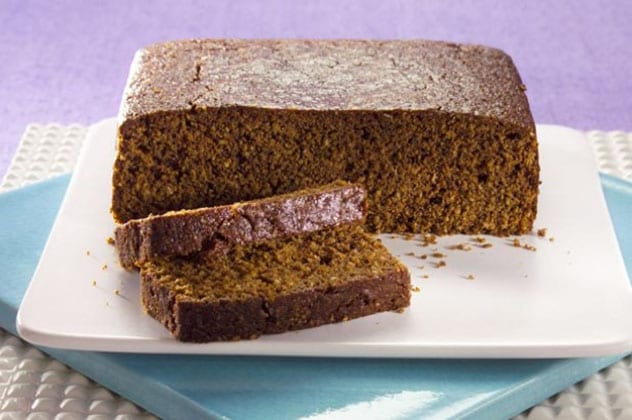
Parkin is a fairly well-known traditional cake in Britain. A gingery and sweet cake it is popular in Northern England. Yet it is supposedly even more popular with dragons.
At Filey Brigg there is a nearly mile-long stretch of stone that juts out into the sea. There are several stories of how it formed but many involve a dragon and his love of this sticky cake. In the first the locals are annoyed at having a ravenous dragon nearby. So they came to it with offering of huge amounts of Parkin. When the dragon wolfed it down he found his jaws stuck together by the cake. With his mouth glued shut the villagers fell on the dragon, killed it, and its body turned to stone to form Filey Brigg.[4] Maybe best not to feed parkin to people with false teeth.
In the other version of the story it was the work of a single woman who led to the dragon’s death. The wife of a certain Richard Parkin she invented the cake that dragon loved so much. When she fed the dragon huge amounts of it the dragon became so sleepy that it slipped into the sea and drowned.
6 Groaning Cake
“Two young men I knew about thirty years ago were taking a walk in West Cornwall; crossing over a bridge they met a procession carrying a baby to the parish church, where the child was to be baptised. Unaware of this curious custom, they were very much surprised at having a piece of cake put into their hands.”[5] Little did these two men know that they were eating a Groaning Cake.
When a woman went into labour it was traditional for the women of the family to gather and bake a cake for her. Some thought that it was the smell of the baking cake that helped the new mother through her labours, though in Cambridgeshire they were known to add large amounts of gin that may have been even more effective.
After the birth slices of this groaning cake were given out to strangers, as seen above, but also to all single women present at the birth. Taking these pieces of cake the ladies could throw them over their right shoulder and walk backwards to bed. If they fell asleep before midnight then they would have a dream of their future spouse.
10 Bizarre Origin Stories About Your Favorite Foods
5 Dumb Cake
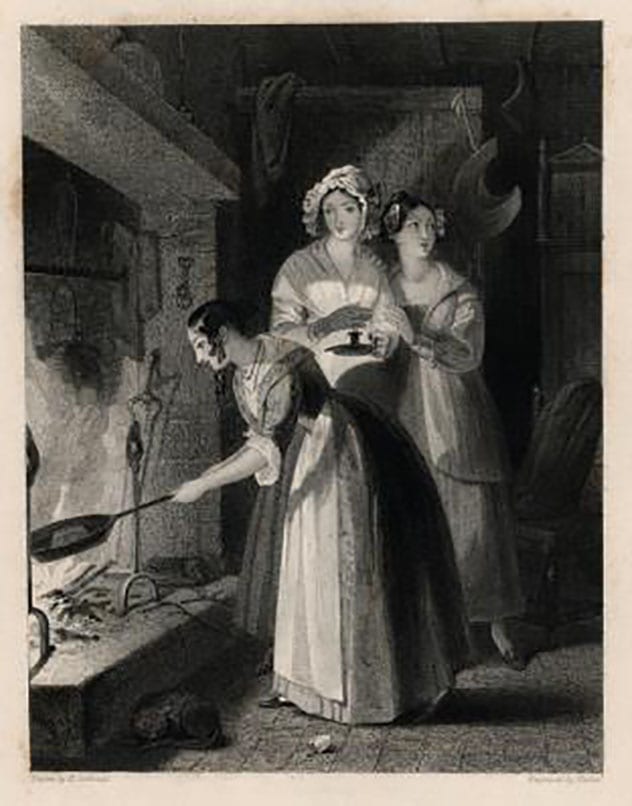
You did not have to wait for a birth though if you wanted to dream of your future love. The tradition of the Dumb Cake could be performed on several nights of the year. One of the most popular times to make a Dumb Cake was St Agnes’ Eve, the 20th of January. As St Agnes is the patron saint of virgins her association with finding a lover is somewhat hard to explain.
To make a Dumb Cake groups of young ladies would gather and bake in complete silence – hence the name of the cake.[6] The recipe is not a particularly enticing one. One description of the ritual explains how “Every woman is obliged to assist in mixing the ingredients (flour, eggs and eggshells, soot, &c.), kneading the dough and baking the cake on the glowing embers; and when it is sufficiently baked, they divide it, eat it up, and retire to their beds backwards without speaking a word.”
If the ritual worked then their dreams would show their husbands-to-be.
4 Pope Ladies

In Hertfordshire there was a long tradition of serving somewhat horrifying looking buns called Pope Ladies, or Popladies. Roughly shaped like humans and sometimes decorated with dried fruit for eyes the cakes can be a little haunting to eat. One visitor in 1819 described them as “long and narrow, rudely resembling the human figure with two dried raisins or currants to represent eyes and another for the mouth, the lower part being formed rather like the outer case of an Egyptian mummy.”[7]
The origin of the cakes is ancient and possibly mythical. In one version a group travelling towards St Albans got lost when night fell. They would have spent a long and cold night out had it not been for a light shining from the clock tower in city. Guided to safety the ladies of the group left money for cakes to be given to the poor.
Because the cakes were given out by monks they seem to have been thought of as the Pope’s Ladies.
3 Beltane Cakes
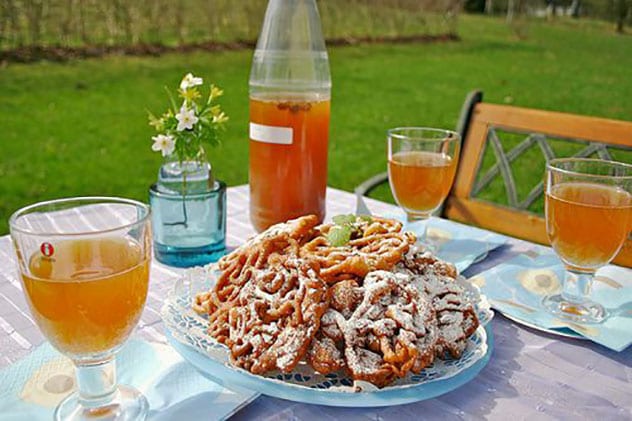
Beltane is a Gaelic holiday that was once widely celebrated in Scotland and Ireland on the 1st of May. It marked the beginning of summer and was a time of celebration when bonfires would be lit. For those who would want to try a bit of Beltane they can make a Beltane Cake.
According to one tradition a cake called the bonnach bea-tine was baked and distributed to all those present around the bonfire. One of the pieces of the cake was marked in some way and the one who received it was called ‘cailleach beal-tine’ – not a name you wanted – for the rest of the year.[8] The unlucky person was carried towards the fire as if to be burned or pushed to the ground and pelted with eggshells.
Sometimes in place of a sweet cake oat-cakes were used that were shaped like humans. One was made for each person present but one was rubbed in the fire’s ashes. It was the person who pulled this unlucky cake from a hat who faced a ritual, and thankfully only pretend, sacrifice.
2 Bull Cakes

“Fill your cups my merry men all,
For here’s the best ox in the stall,
Oh he’s the best ox, of that there’s no mistake,
And so let us crown him with the 12th cake.”
This rhyme from Herefordshire reflects a tradition that saw cakes being given to bulls in hopes of getting a good harvest. The bull did not eat the cake but was dressed up in it.[9] A cake with a hole in the middle was placed on the horn of the bull and how it reacted would predict how the coming harvest would go. If the bull tossed the cake forward then it was a good omen, but if the cake fell backwards then there would be slim eating come winter – and probably no cakes to waste on bulls.
If the bull would not toss the cake of its own accord then it could be poked until it did. If it still refused then a bucket of cider was thrown in the bull’s face.
1 Biddenden Maids
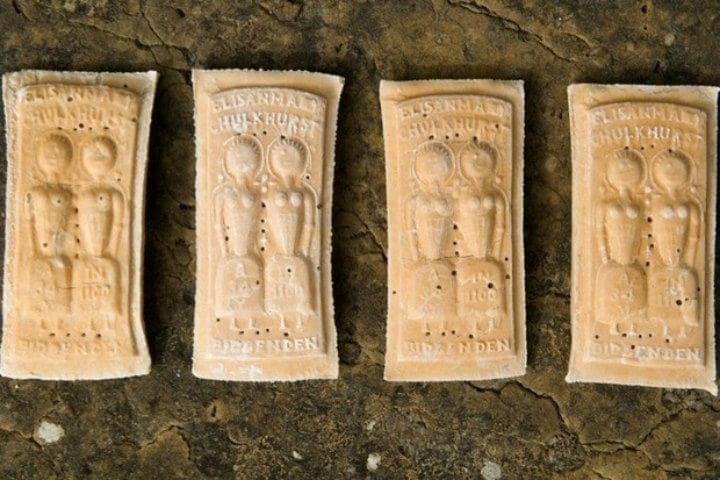
If you go to the village of Biddenden in England you will be welcomed by a sign showing two ladies joined at the hip and shoulder. These are the Biddenden Maids. Supposedly born in 1100 AD in the village Elisa and Mary Chulkhurst were conjoined twins who left behind a legacy beyond a sign. Each year cakes in the shape of the two ladies were handed out to visitors to commemorate their lives.[10]
The Biddenden Maids were said to have left land to the local church when they died age 34. The income that this gift generated was to be used to buy food for the poor – and make the cakes that showed the ladies joined together.
While the cakes are still given out each year they are not particularly tasty. Mostly made from flour and water they are hard and mostly kept as souvenirs rather than eaten. Be careful about biting any Biddenden Cakes you may come across however – some of them are made of plaster and made for the tourists.
10 Crazy Myths You Believe About Fast Food








